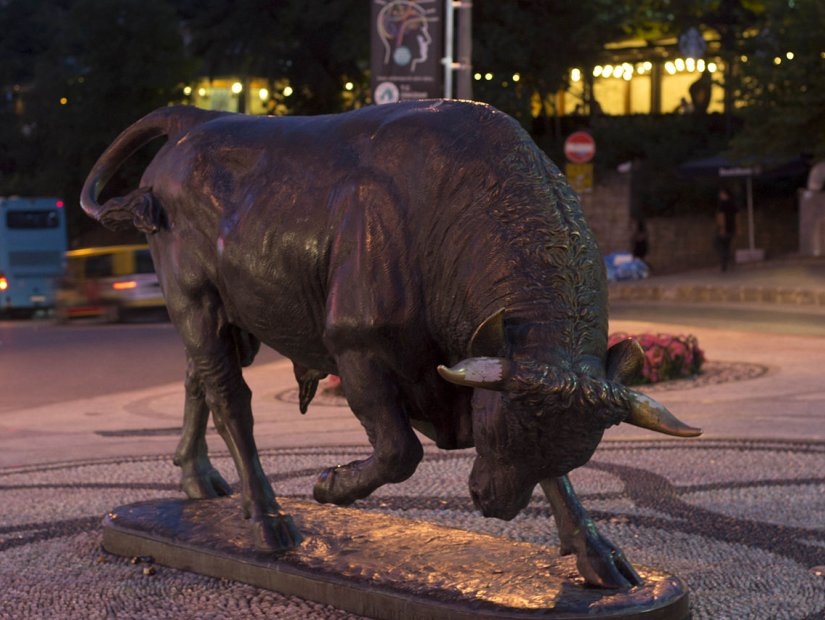Blog
Famous Bull Statue of Kadıköy
Famous Bull Statue of Kadıköy
Famous Bull Statue of Kadıköy
The Bull Statue is one of the most important symbols of the Kadıköy district. You can see many people in front of the Bull Statue every day because this is the point where people wait for each other to meet.
The statue was made by the French sculptor Isidore Jules Bonheur in 1864. Bonheur was one of the most famous artists of the 19th century. He became famous for his animal sculptures. Pierre Louis Rouillard, the other important sculptor of the period, accepted Bonheur to his art workshop. Bonheur did most of his artwork in this workshop. During this period, Sultan Abdulaziz was invited to the International Exposition in Paris by Napoleon III. Abdulaziz, who had private meetings with the Russian Tsar and the French Emperor in Paris, ordered Rouillard's team for 24 animal figures, including the Bull, for the gardens of the Beylerbeyi and Çırağan Palace. The statue was known as the "Fighting Bull" in those years.
According to another story, Bull Statue was made in the 1860s to symbolize the war in which the French defeated the Germans to take Alsace-Lorraine, representing the power of the French with its anger and greatness. However, with the Battle of Sedan in 1870, when Alsace-Lorraine was taken back by the German General Bismarck, "the power of the French" passed to Germany again, and the famous Bull Statue was brought to Germany in 1871. However, the life of the statue in Germany did not last long. Because of both the Ottoman-German alliance in the First World War and the German Emperor Wilhelm's friendship with the Ottoman sultan, the statue was sent to Istanbul.
During the visit of German King Wilhelm II to Istanbul, the Bull Statue was placed first in the garden of Beylerbeyi and then in Yıldız Palace. In those years, animal sculptures were used as decorations of gardens and parks.
Although the Bull Statue was placed in the Harbiye entrance of the newly opened Hilton Hotel in the mid-1950s, it was brought back to its old place, Lütfi Kırdar, and remained here until 1970. The statue was placed in Taksim Gezi Park for a while. In 1971, it was brought in front of Kadıköy municipality building, which is now Kadıköy History, Literature and Art Library. The statue was finally moved to its current location, Altıyol, in 1987.


